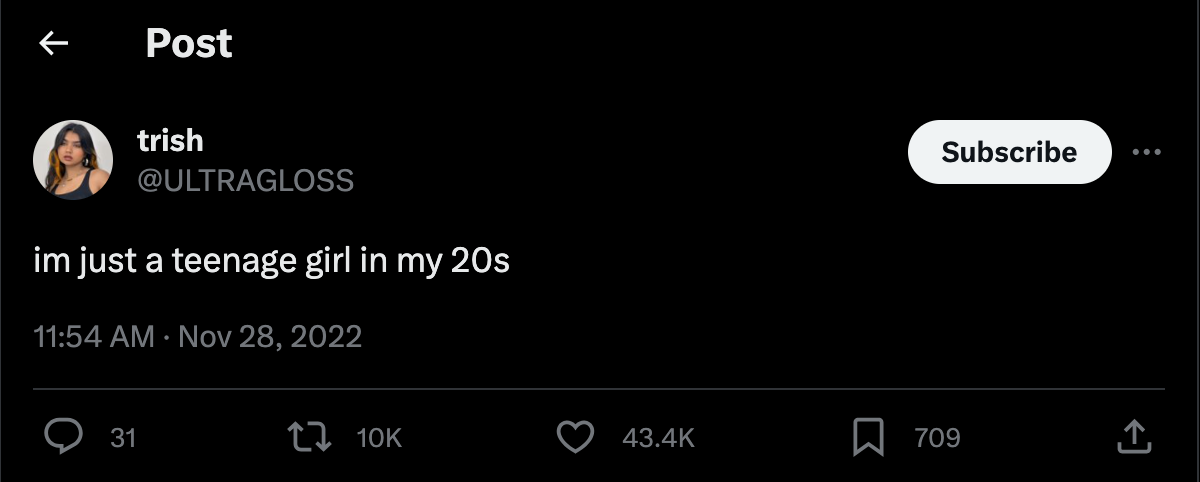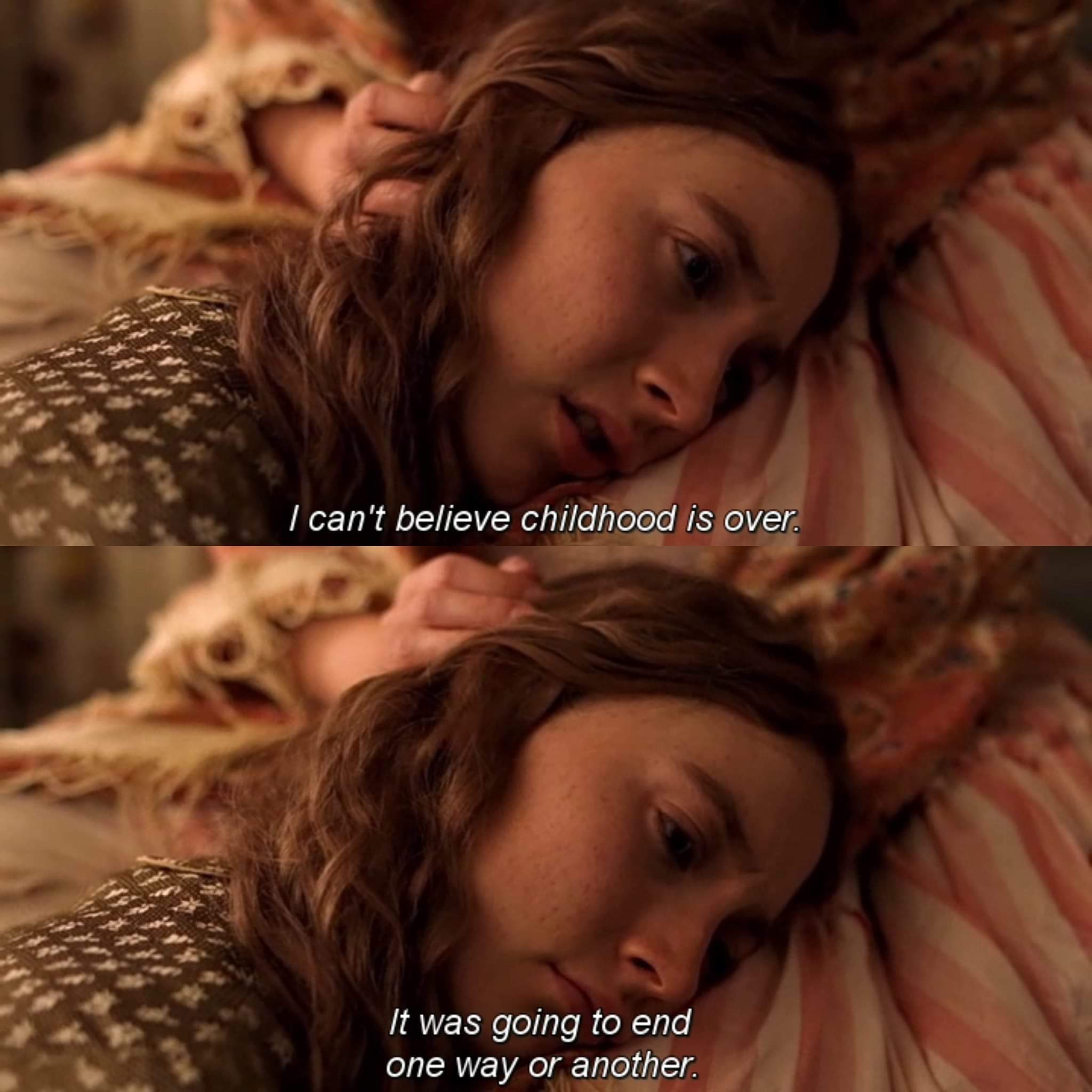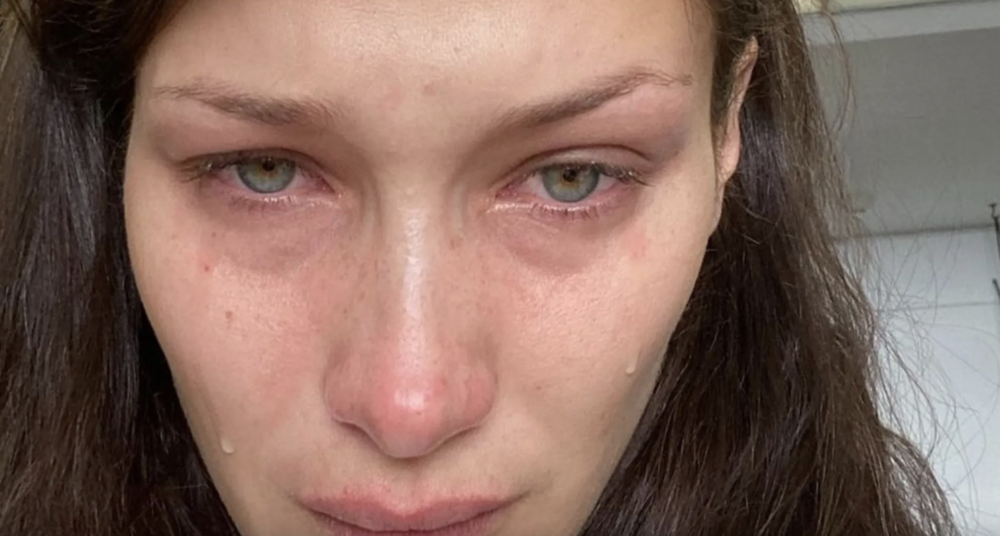It was the best of times, it was the worst of times. No, this isn’t about the Charles Dickens novel, but rather, a perfectly apt description of teenage girlhood. Well, one form of it anyway.
Teen age is always a mixed bag of emotions, but the unique experience of being a teenage girl in the late aughts and through the 2010s meant that you were exposed to—and made fun of for—everything, from Hollister baby tees and tennis skirts to being a fan of Taylor Swift or the Jonas Brothers or One Direction.
It’s the kind of experience most people remember fondly, but wish to never return to. And sure, the fashion industry loves nostalgia, so it’s no surprise that 2010s style is coming back, but there’s no way we’d embrace the culture as well, right?
Wrong.

We’re twenty-three and relating to Olivia Rodrigo; twenty-one and fully immersed in teen TV show, The Summer I Turned Pretty; twenty-five and singing along to Taylor Swift’s Speak Now like it’s 2010. We’re going through the racks at our local thrift stores, picking out pieces reminiscent of the Y2K and early-2010s era. We’re wearing baby tees and plaid skirts, celebrating Barbie and girlhood, but this time—without the shame attached to it. But what’s the psychology behind it?
Oftentimes, people note that the phenomenon is simply an excuse for people to escape their responsibilities. And while it’s true that it’s a form of escapism, most people recognize the truth and simply seek for a form of community, for other people that understand what they went through.
All of us were forced to lose nearly three years of our lives to the pandemic, but people in their late teens and early twenties may have felt the brunt of it by missing out on critical milestones and the fundamental years at the start of their careers and new social lives.
And then when lockdown ended, we, like everyone else, were expected to stand up straight, dust off our pants, and move on—but the difference is that we didn’t know a thing about navigating the real world. We didn’t have established careers, and we weren’t young enough for our lives to remain virtually unaffected.
We still had the life experience we did when we were only teenagers.
So when our twenties hit us with real world responsibilities we’re not sure how to tackle, we seek to comfort ourselves the way we would when we were teens. And even if we’re certain of where our future is headed, we return to our safe spaces: music and TV shows about teens coming of age. Because that’s what we connect with.

But beyond all of that, the heart of being a twenty-something teenage girl is this: it’s fun. It’s so much fun to escape from your responsibilities, even if it’s just for a little while. It’s fun to bring in parts of our younger selves with us into our future. Is there a reason to stop?

